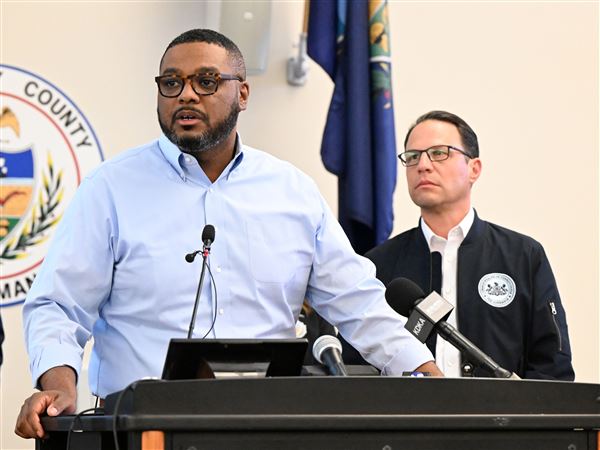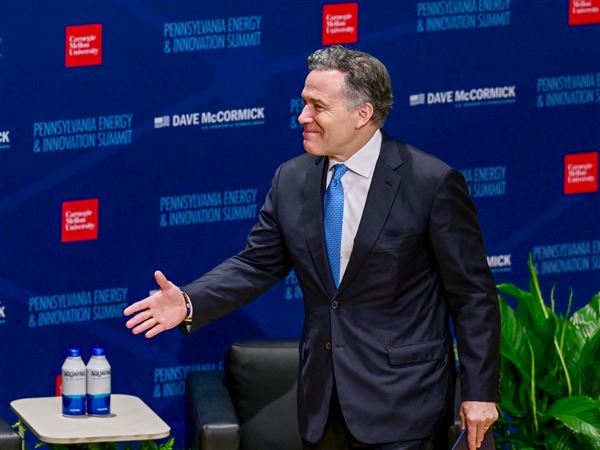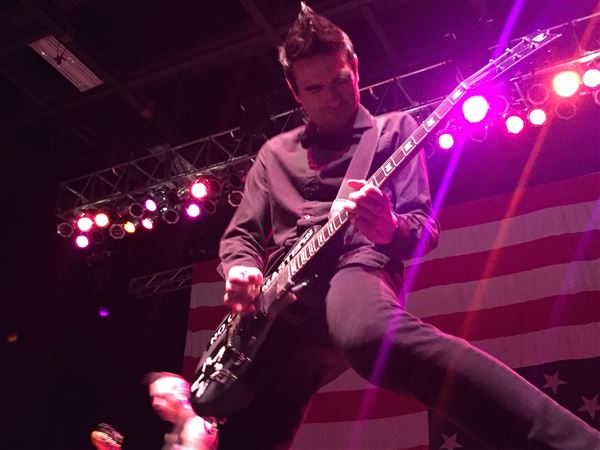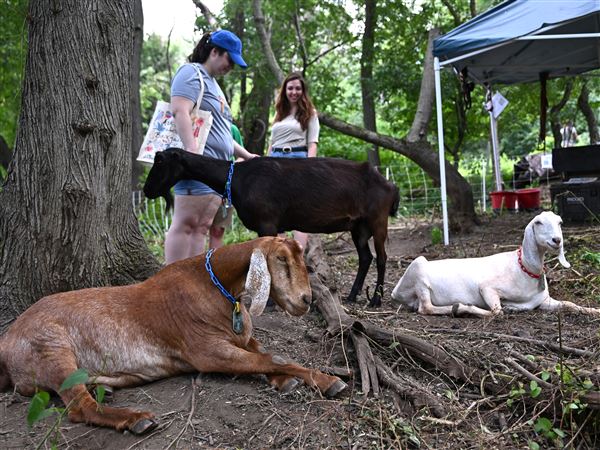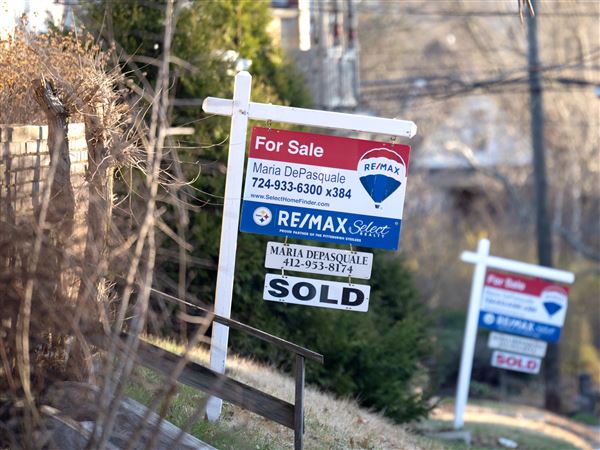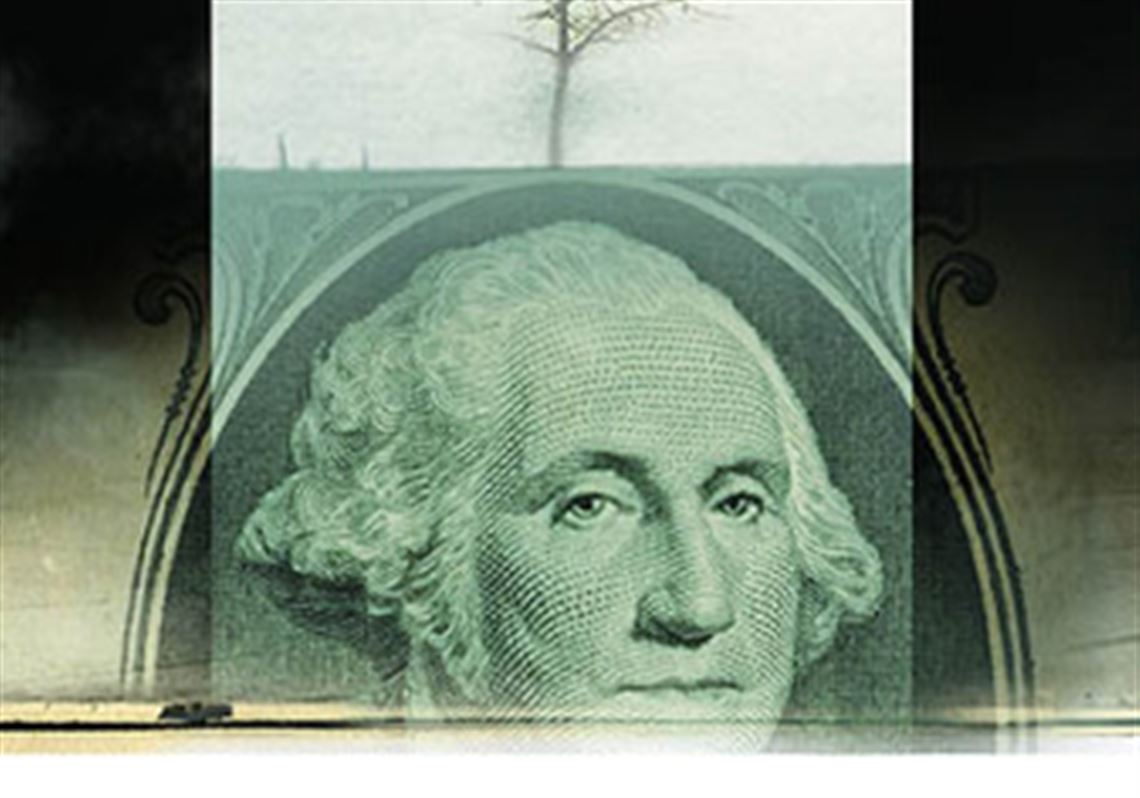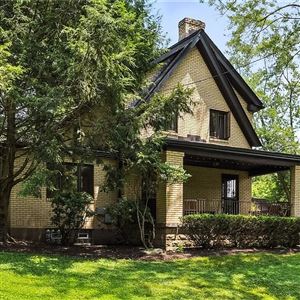The gap between the wealthiest Americans and the poorest is bigger than at any time since the 1920s -- just before the Depression. According to an analysis this year by Edward Wolff of New York University, the top 20 percent of wealthy individuals own about 85 percent of the wealth, while the bottom 40 percent own very near 0 percent. Many in that bottom 40 percent not only have no assets, they have negative net wealth.
A gap this pronounced raises the politically divisive question of whether there is a need for wealth redistribution in the United States. This central question underlies such hot-button issues as whether the Bush tax cuts should be allowed to expire and whether the government should provide more assistance to the poor. But before those issues can be addressed, it's important to understand how Americans feel about the country's increasing economic polarity.
We recently asked a representative sample of more than 5,000 Americans (young and old, men and women, rich and poor, liberal and conservative) to answer two questions. They first were asked to estimate the current level of wealth inequality in the United States, and then they were asked about what they saw as an ideal level of wealth inequality.
In our survey, Americans drastically underestimated the current gap between the very rich and the poor. The typical respondent believed that the top 20 percent of Americans owned 60 percent of the wealth, and the bottom 40 percent owned 10 percent. They knew, in other words, that wealth in the United States was not distributed equally, but were unaware of just how unequal that distribution was.
When we asked respondents to tell us what their ideal distribution of wealth was, things got even more interesting: Americans wanted the top 20 percent to own just over 30 percent of the wealth, and the bottom 40 percent to own about 25 percent. They still wanted the rich to be richer than the poor, but they wanted the disparity to be much less extreme.
But was there consensus among Americans about their ideal country? Importantly, the answer was an unequivocal "yes."
While liberals and the poor favored slightly more equal distributions than conservatives and the wealthy, a large majority of every group we surveyed -- from the poorest to the richest, from the most conservative to the most liberal -- agreed that the current level of wealth inequality was too high and wanted a more equitable distribution of wealth. In fact, Americans reported wanting to live in a country that looks more like Sweden than the United States.
So, if Americans say they want a country that is more equal than they believe it to be, and they believe that the country is more equal than it actually is, the question becomes how we lessen these disparities.
Our survey didn't ask what measures people would be willing to support to address the wealth gap. But to achieve the ideal spelled out by those surveyed, about 50 percent of the total wealth in the United States would have to be taken from the top 20 percent and distributed to the remaining 80 percent.
Few people would argue for an immediate redistribution of 50 percent of the nation's wealth, and such a move would unquestionably create chaos. In addition, despite the fact that individual Americans give large amounts to charitable causes each year -- in effect, a way of transferring wealth from the rich to the poor -- the notion of government redistribution raises hackles among many constituencies.
Despite these reservations, our results suggest that policies that increase inequality -- those that favor the wealthy, say, or that place a greater burden on the poor -- are unlikely to reflect the desires of Americans from across the political and economic spectrum. Rather, they seem to favor policies that involve taking from the rich and giving to the poor.
First Published: November 14, 2010, 10:00 a.m.

